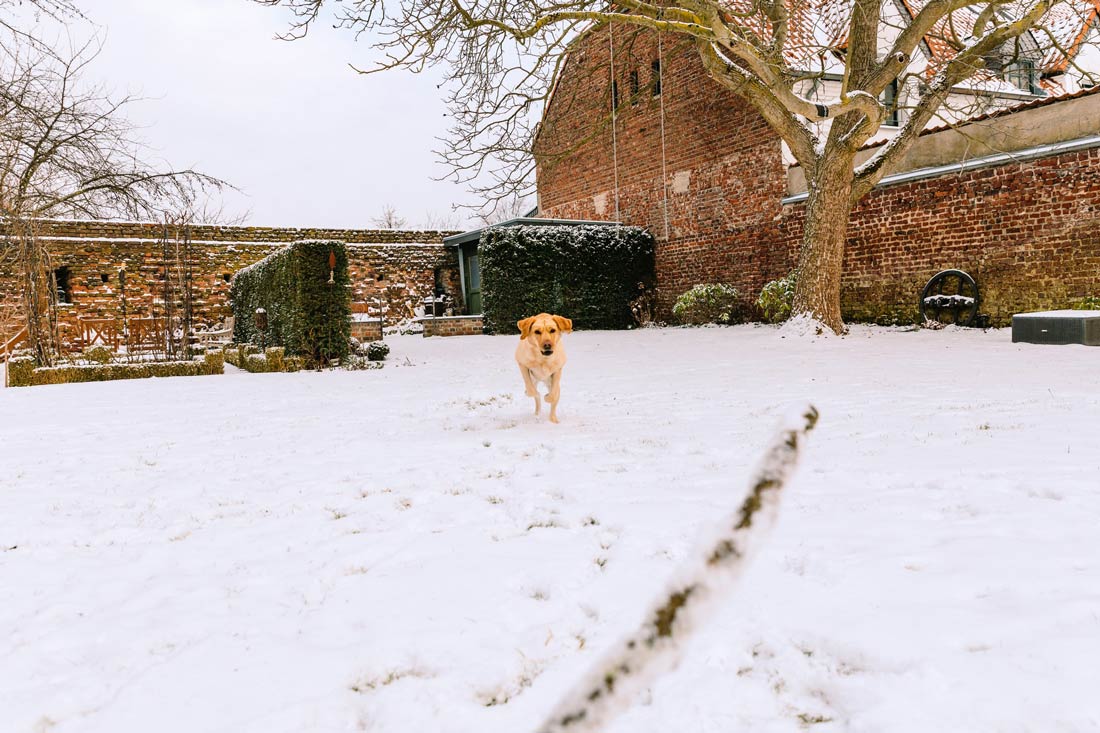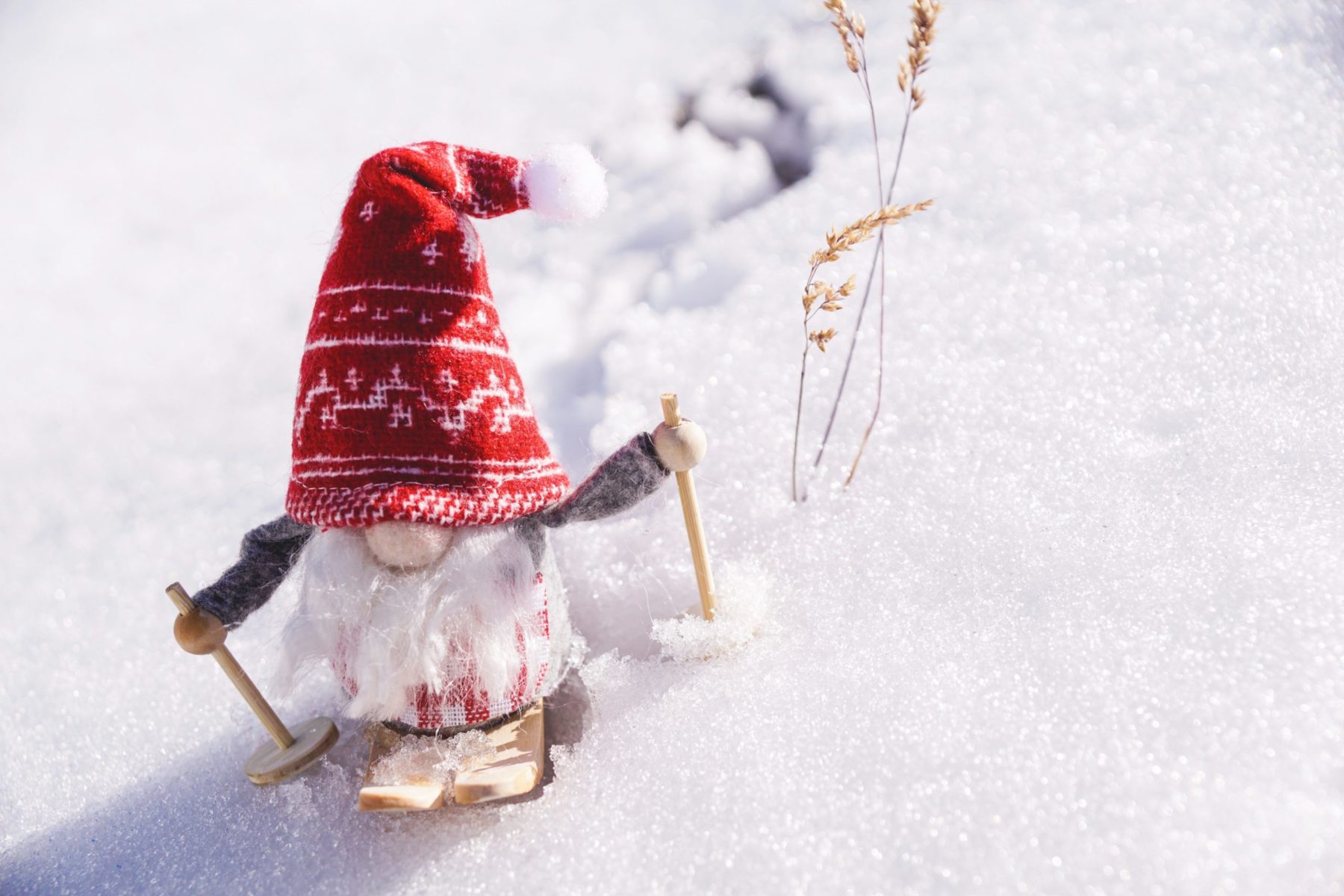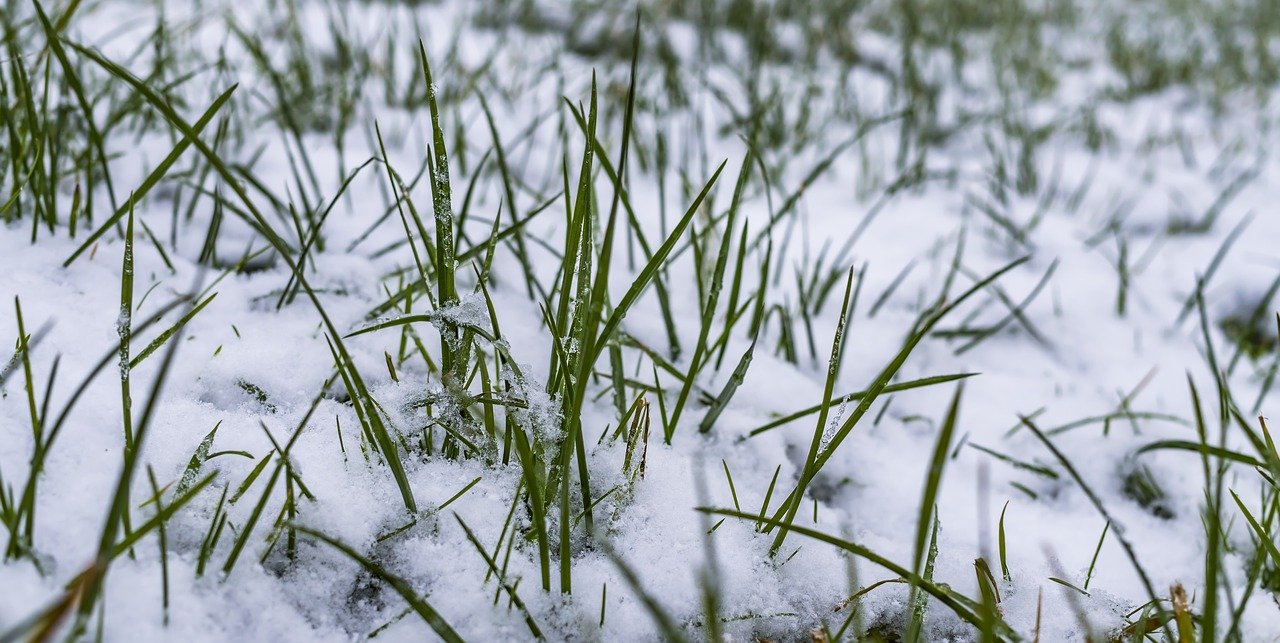The warm days of summer seem to be behind us now, and with frost already rapidly appearing, not everyone knows the best practices for maintaining artificial grass grass.
Is winter weather damaging for artificial grass?
Rest assured that our artificial grass is designed to handle all that winter can throw at it. The quality of the fibres we use means that your lawn won’t suffer from frosty mornings and torrential downpours. Our SAGE Artificial Landscape Grass is particularly hardwearing and is perfect for high wear areas, such as patios, roof terraces and children’s play areas.
Real grass, however, can die off in extremely cold and wintery conditions going brown and patchy. Your Laydex artificial lawn will look great, whatever the weather.

What can I do to preserve my synthetic grass lawn?
Whilst artificial grass will not die in the colder months, there are steps you can take to protect it. This will ensure your lawn is in great condition when spring arrives.
Taking care of an artificial lawn is straight forward, which explains why so many people choose the convenience of a Laydex artificial lawn. The “blades” of your synthetic grass are made from plastic fibres that can stiffen in frosty conditions, which can make it crunchy to walk on.
It is really only in very cold or very wet weather that your lawn will need some extra love. Remember that a few minutes to take care of your lawn in winter will pay off in spring.
What are the top 5 tips for maintaining artificial grass?
1. Tread carefully
Keep an eye on the weather forecast, looking out for possible snowy conditions. If the snow gets trampled into your lawn, it will turn to ice and start to form packed layers which can be dangerous to walk on, not to mention damaging for the grass fibres. Packed snow and ice need to be removed by hand.
2. Allow soft snow to melt naturally
If the snow is not compacted, you can let it melt naturally. If you feel you need to use salt, then use it sparingly as any excess can build up and reduce the lawn’s ability to let water drain away. Letting the drainage system become clogged can cause further problems once the ice and snow melt.
Winter often brings torrential rain, which can quickly flood natural grass, but as long as your artificial grass has been properly installed it shouldn’t be an issue.

3. Use a plastic shovel
Snow looks very pretty for a short time but can quickly turn to sludge. If you feel the need to tidy up then be sure to use a plastic shovel, rather than a metal one – which can damage the frozen plastic fibres underneath.
4. Wrap it up
If the weather forecast is showing a spell of particularly bad weather then prevention can be better than cure. If the size of your lawn allows, you can add a waterproof groundsheet to protect your grass. It simply adds an extra layer of protection and can be left in place until the weather eases.
5. Clear debris
It is important to regularly remove leaves, twigs and other organic material, either with a leaf blower / vacuum cleaner, a stiff brush or a rake. Larger objects such as branches must be lifted away. If moss appears in areas where there is not enough sunlight, an anti-moss treatment could be necessary, preferably applied during the spring and autumn. Use a bio-degradable product for this; never use acidic liquids or bleach as these chemicals could damage the fibres if applied in too high a concentration.
Finally, an artificial lawn has more grip than many other outdoor surfaces, which can become very slippery in icy or wet weather. Maintaining artificial grass is easy, which is a huge part of its appeal, but the tips we have mentioned above will help keep your lawn looking fantastic for years to come.
If you are considering changing to an artificial lawn, then we have plenty of options for you to choose from. Visit our artificial grass product page to find out more.






